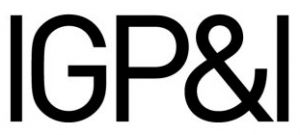Statutes and Rules
- Gard Rules for Ships 2025
- Gard Rules for Ships 2025 (PDF)
- Gard Rules for Mobile Offshore Units 2025
- Gard Rules for Mobile Offshore Units 2025 (PDF)
- Gard Rules for Charterers 2025 (PDF)
- Gard Forsikringsvilkår 2025 (PDF)
- Gard Additional Covers - Terms and Conditions 2025 (PDF)
- Gard Statutes, as at 18 June 2025 (PDF)
- Previous years' Gard Rules


